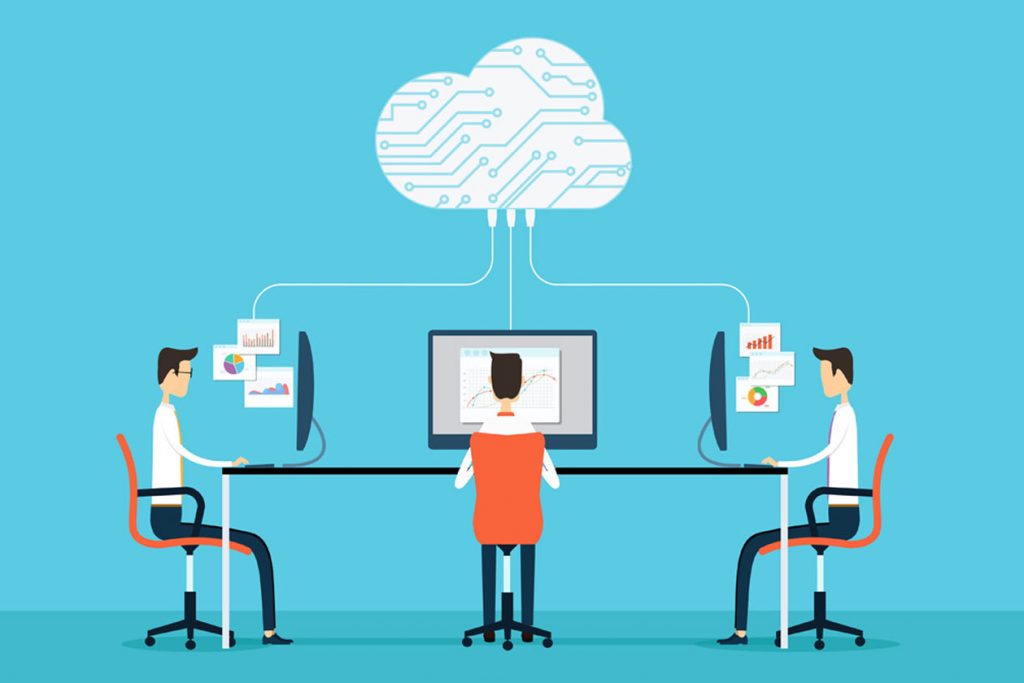Microsoft Teams' popularity has exploded in the last year. Security is a major concern as businesses adapt to the realities of distributed work. Learn how to allow collaboration without jeopardizing your environment's protection.
Microsoft Teams will have 115 million daily active users by October 2020. The platform has become a standard among our newly dispersed workers, allowing companies to operate remotely while staying agile enough to achieve their objectives.
Protection is a major concern of remote work. To better protect your environment, collaborate closely with users to create a plan and set of guidelines that everyone will support. Although it can be tempting to lock down your environment and limit access to functionality, this is just a temporary solution.
➤ Our guide will assist you in optimizing cooperation with Microsoft Teams while also maintaining the protection of your environment:
• To increase user adoption and efficiency, keep self-service enabled.
• Reduce the danger of shadow IT by enabling self-service and empowering consumers to use the resources you have.
• Determine what classified information you have and how to protect it.
• Learn as much as you can about your records. Take stock of what you have, where it resides, and who uses it, then mark it with the required degree of sensitivity.
Recognize the Microsoft Teams framework.
Learn about the tools that make up the Teams user interface, as well as how to customize settings to keep the company safe without being too restrictive.
End users should be taught to think about protection with any action they take.
Set users up for success by giving them the information they need to prevent common cyber security threats and protect your confidential data.

★ To increase user adoption and efficiency, keep self-service enabled.
The Microsoft Teams experience is incomplete without self-service features. You'll motivate users to actually use the resources you're providing for them if you keep self-service turned on, which is kind of the point, right?
Although it may be difficult for IT administrators to relinquish some power, there are real advantages to keeping self-service available.
According to study, learning by doing is the most effective way to remember knowledge. Users will develop a greater understanding of the tool's functionality and functionalities over time, and will draw more benefit from it. This will bring out the best of your customers, enabling them to demonstrate their imaginative abilities and communicate in ways that are easy for them.
When users take on more responsibilities, you'll be able to recover some of the time you used to spend handling their daily activities, allowing you to focus on more strategic administrative tasks.
Reduce the dangers of shadow IT security.
It will also assist you in avoiding a possible security hazard known as shadow IT. When users lack the requisite expertise to use IT-approved systems (or the freedom to take the action they require), they resort to a backdoor approach. This can jeopardize your environment's security, leaving you vulnerable to data breaches and cyber-attacks.
By allowing self-service features, you can enable your users to remain within Microsoft Teams, where you can track what they're making and sharing.
Remember that enabling self-service doesn't mean allowing users to do whatever they want; you can still put controls in place to ensure that users follow naming conventions and avoid sprawl.
With this in mind, decide whether it's time to let your hatchlings out of the nest, and watch them thrive as they form teams and exchange data to their hearts' content.

![[Microsoft Teams] Guide to security–1](https://www.serenoclouds.com/wp-content/uploads/2021/04/Microsoft-Teams-Guide-to-security.jpg)







